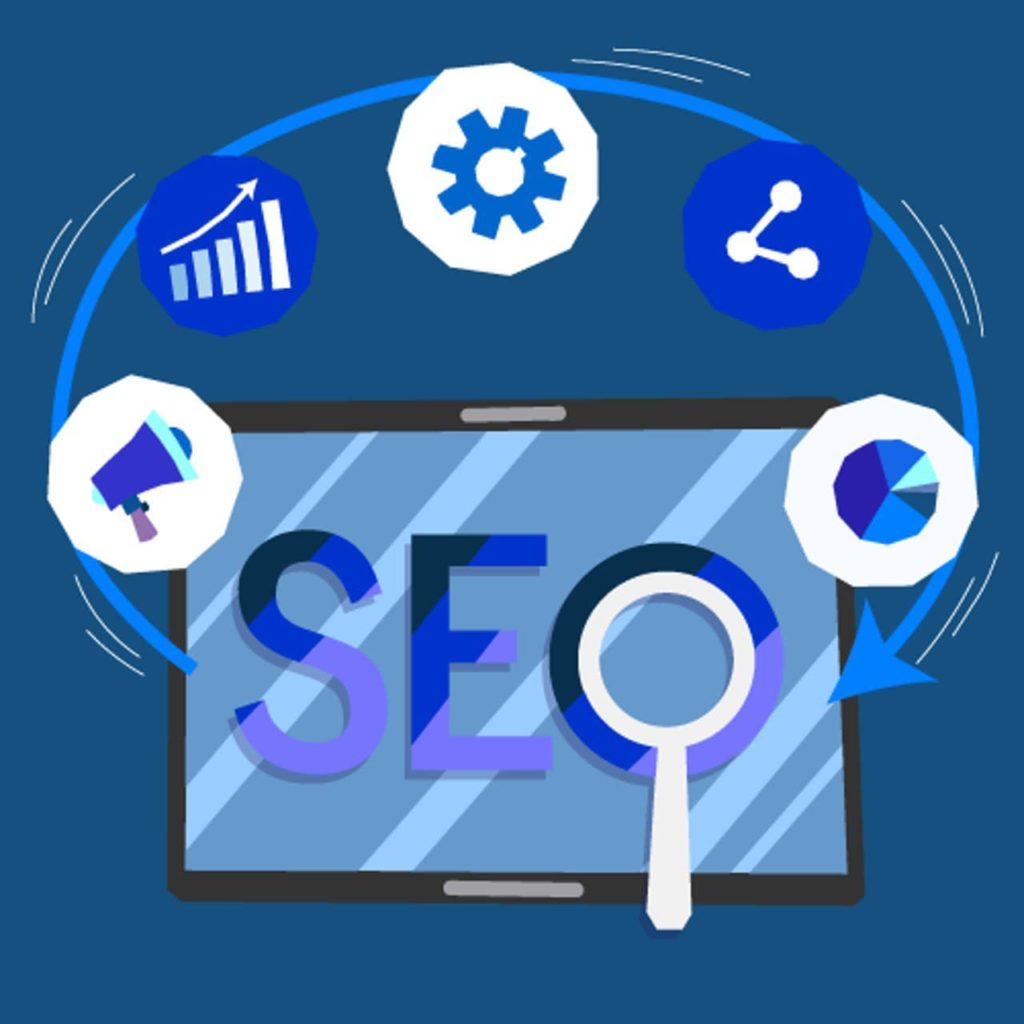On-Page SEO for a Brand New Website

Starting a website from a clean slate can be both an exciting opportunity and a daunting prospect at the same time. From an on-page SEO perspective, there is an amazing chance to get it right from the get-go, and at the same time, there is the fear that you won’t be starting from where you should be.
I thought I would take some time to map out the process we go through to build a site the right way from the very beginning, while at the same time shining some light on a few of the reasons why this is an easier process than coming into fix up the on-page elements of an existing site.
Starting with Page Speed and SSL Encryption
Both page speed and SSL can be a frustrating addition to an existing website, however, from a fresh build, these can both be completed the right way from the word go.
It is Easier to Build a Fast Site than to Make a Slow Site Faster
One of the bedrocks of a well-optimized site is the speed with which it loads. Bots and humans alike can’t stand a website that leaves you hanging while it takes its time to render.
Some of the things you need to change to improve the speed can then crash parts of the site or make it not render correctly, and the time required to get a speed upgrade can be considerably longer than if it was simply built with speed in mind. For an in-depth look at some of the fiddling around that goes into improving a WordPress page speed score you can check out this great article on ‘How to Increase Your WordPress Website’s Google PageSpeed Score.’
Issues Surrounding HTTPS Migration Are Avoided When Starting Encrypted
When Google announced that SSL encryption and using HTTPS would provide a boost to a website’s Search Engine rankings there was a veritable rush for webmasters to get their sites moved over.
Suddenly many people realized that when moving an existing site over to HTTPS there is a myriad of issues that can occur.

Error messages were popping up left and right as people migrated their sites over to HTTPS without completely understanding everything that they needed to put in place.
Rest assured, starting your site off with an SSL certificate and then building every single page with HTTPS from the get-go is a much safer and effective option than migrating it later!
Starting from a Solid Foundation of Keyword Research
Keyword research is an art and a science in its own right.
This stage of an on-page SEO process is better off being done at the very beginning of your online endeavors rather than being applied later in the process. Understanding exactly who your clients are, how it is that they look for the solutions that you can provide, and then how best you can display the information that they need will set you up for success from the outset.
It is always going to be much harder to come into an existing website, with existing content and existing pages and then redirect the keyword focus than it will be to simply build it with the correct keywords in mind from the very beginning.
Mapping out the Ideal Website Architecture
Perhaps even more so than the keyword research itself, site architecture is one item that is exponentially easier to get right from the very beginning.
Changing the keyword focus of existing pages is a challenge but it can be done, especially if the pages themselves are still set out in a way that makes sense.
Changing a site architecture for an existing website is a much more involved process with a greater margin of error. As each URL is updated a 301 redirect needs to be put in place, which tenuously (depending on which resources you read) will also be losing PageRank across every redirect.
While far from impossible, it certainly is a lot more work to rebuild a site’s architecture than it is to plan it well from the very beginning. The architecture of a website is the key to both a great user experience as well as having your website pages indexed by search engines to attract new prospects and generate new leads.
Outlining Each On-Page Factor and Target Keyword
Having an SEO who is armed with previous keyword research, and a clear architecture in mind, work through and outline what content should be on each page provides an excellent underpinning and structure to everyone else who is involved in the website building process.
Developers can have a better understanding of what type of theme and template will be needed. Content writers can be provided with structural outlines of how the pages need to flow as well as what topics should be included on which pages. Marketers gain a clear understanding of what the UX will be as someone passes through the website, finds the information that they need and then follows a logical process leading to their conversion.
Conclusion
A great deal of time and effort can be saved by having the appropriate on-page SEO factors considered during the website planning and building stage. This is quite often the reverse order of how many people tackle this issue in our experience.
We regularly have people contact us saying ‘I have just had my site built and now I need you to make sure that it can be found in Google’.
Those who contact us to be involved across the entire site building life cycle are those who stand to gain better, faster results, and are built for success from the get-go.









